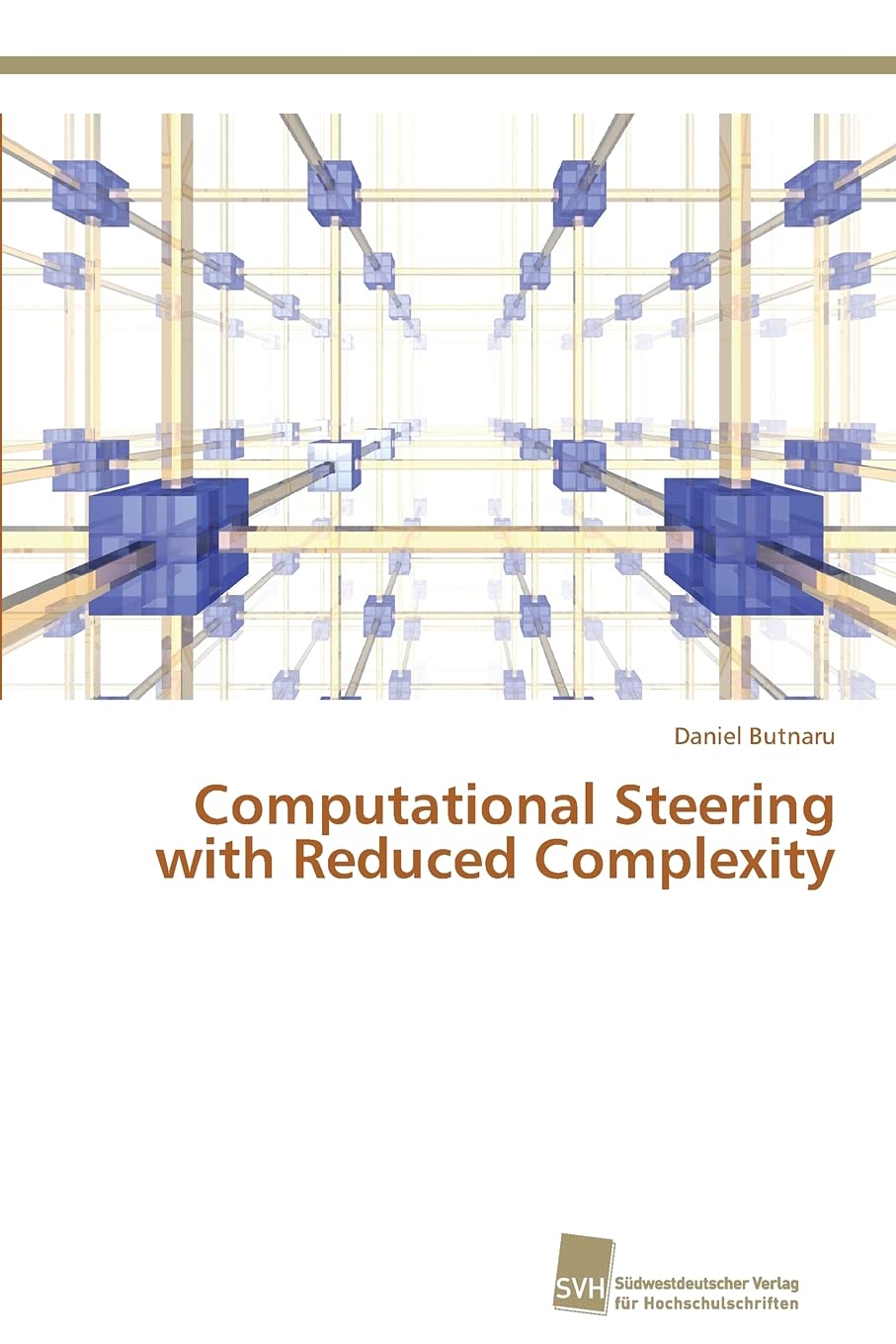Computational Steering is a computer science technique used to interactively explore and summarize large datasets. It was developed in the 1970s to allow researchers to interact with and analyze massive datasets quickly and efficiently.
The process of computational steering breaks data down into manageable chunks that can be explored interactively. By allowing researchers to interactively explore and manipulate data, they can quickly discover patterns and gain insight into the data in ways that would otherwise be impossible.
The technique is particularly useful in domains such as physics, engineering, Earth Sciences, and visual analytics. In these areas, computational steering allows researchers to navigate through complex data sets quickly and easily, enabling them to obtain better results.
The process of computational steering typically includes an interactive graphical interface, which allows researchers to explore the data at a higher level. This graphical interface can also be used for data manipulation, such as filtering or sorting the data. In addition, computational steering can also include virtual reality tools that allow the user to explore the data in three dimensional space.
Computational steering can be used to visualize large datasets, investigate results, and quickly gain insight into data for further analysis. By using this process, researchers can explore data more efficiently, allowing them to make better informed decisions and gain greater insight into the data more quickly.





